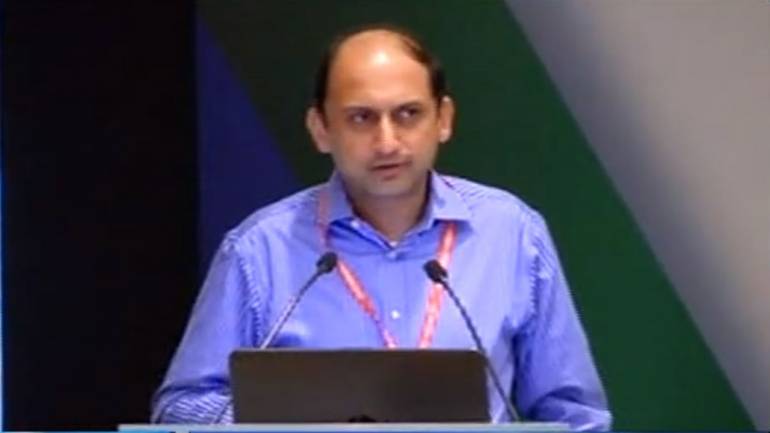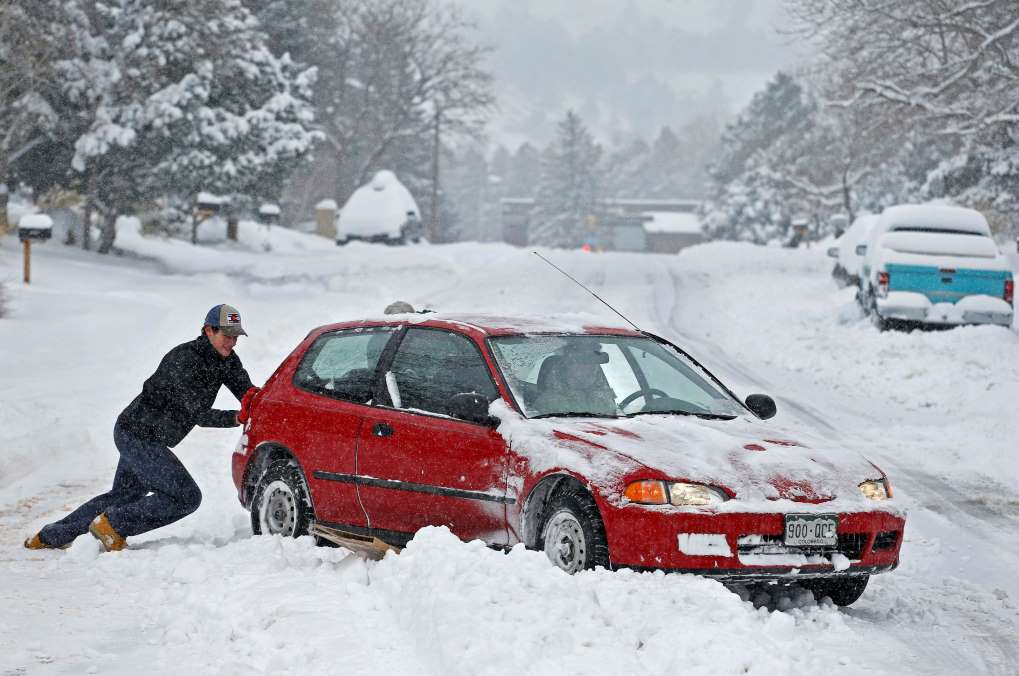September 9, 2017
Reserve Bank of India’s (RBI) deputy governor Viral Acharya is a worried man.

The alarming state of the public sector banks (PSBs), saddled with bad debts, is making him anxious. The lack of a clear plan, he believes, will be the “Achilles’ heel” in the central bank’s effort to turn these lenders around.
September 9, 2017
Reserve Bank of India’s (RBI) deputy governor Viral Acharya is a worried man.

The alarming state of the public sector banks (PSBs), saddled with bad debts, is making him anxious. The lack of a clear plan, he believes, will be the “Achilles’ heel” in the central bank’s effort to turn these lenders around.
Speaking at the R K Talwar Memorial Lecture organised by the Indian Institute of Banking and Finance in Mumbai on Sept. 07, he said:
“…on what remains, to my mind, the most important unfinished agenda in the journey we have embarked upon to resolve our stressed assets problem…these questions (regarding the health of PSBs) keep me awake at nights. I fear time is running out.”
Acharya joined the central bank as one of its four deputy governors in January and considers former governor Raghuram Rajan his role model. He has often been dubbed the “poor man’s Rajan” after he once called himself that in a lighter vein.
As of March 2017, the Indian banking system was grappling bad loans of Rs7.29 lakh crore, equivalent to 5% of the country’s GDP. The 21 PSBs account for the highest share of these non-performing assets (NPAs), with eight of them having a gross NPA ratio of over 15%. The capital positions of these fire-fighting banks, too, have taken a beating.
Acharya believes the lenders urgently need capital because the other measures—selling non-core assets, raising public equity, divesting stakes—prescribed by the government may not be enough. Even Indradhanush, the seven-step government plan launched in 2015 to help them raise additional capital, may not do the trick, he felt.
To meet the global standards in capital risk norms, these lenders need an additional Rs1.8 lakh crore of capital infusion by FY19. Of this, Rs70,000 crore is to be injected by the government, while the banks must manage the balance on their own. In fact, a key reason behind seeking the consolidation of PSBs is to address this issue.
“…every few days, I wake up with a sense of restlessness that time is running out; we have created a due process for stressed assets to resolve, but there is no concrete plan in place for public sector bank balance-sheets; how will they withstand the losses during resolution and yet have enough capital buffers to intermediate well the huge proportion of economy’s savings that they receive as deposits…”
Yet, there is one thing that manages to make Acharya smile: The recent measures laid down by the RBI and the government, particularly the new Insolvency and Bankruptcy Code (IBC), that allows faster resolution of bad debt cases.
“Oft, when on my couch, I lie in vacant or in pensive mood, the realisation that we have put in place a process that not just addresses the current NPA issues, but is also likely to serve as a blueprint for future resolutions, becomes the bliss of my solitude! A whole ecosystem is evolving around the IBC and the Reserve Bank’s steps have contributed to this structural reform. I smile and rest peacefully at night with this thought…”
Courtesy/Source: Quartz
















































































































